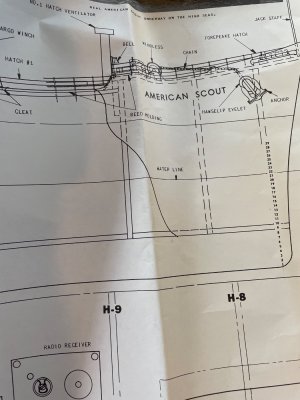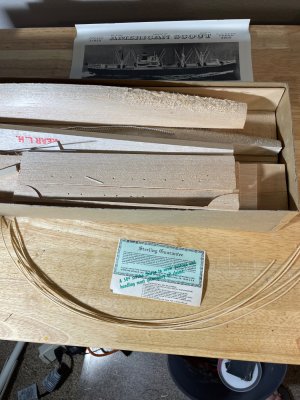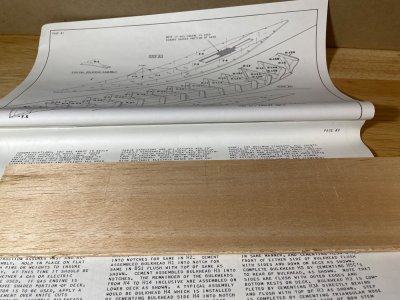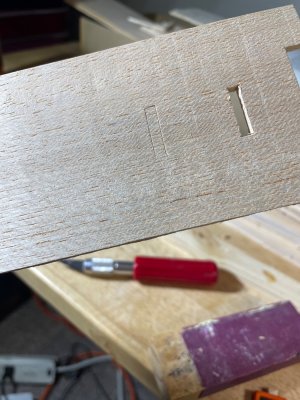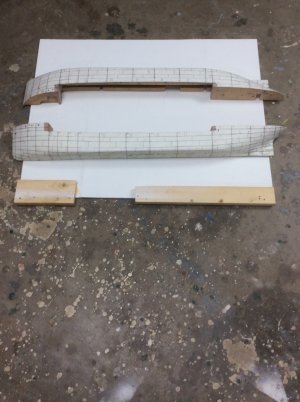A man approached me after seeing one of my models. He has a Sterling Models American Scout cargo ship and wants me to build it for him. It’s a radio controlled ship from the 60s, and he wants it to be a waterline model for an HO scene set in the Pacific Northwest. I don’t think I can make a waterline model from it because I would have to saw through a lot of bulkheads. I suggested he cut a hole for it to fit in, putty around the hull, and pour in the resin.
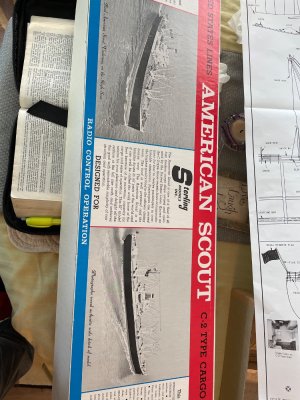
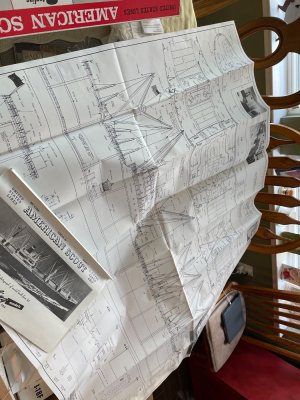
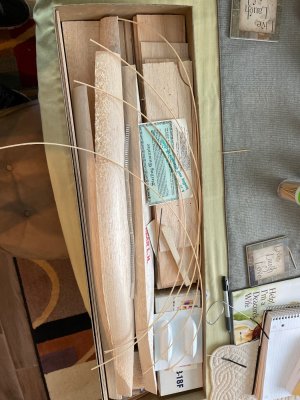



Last edited:




